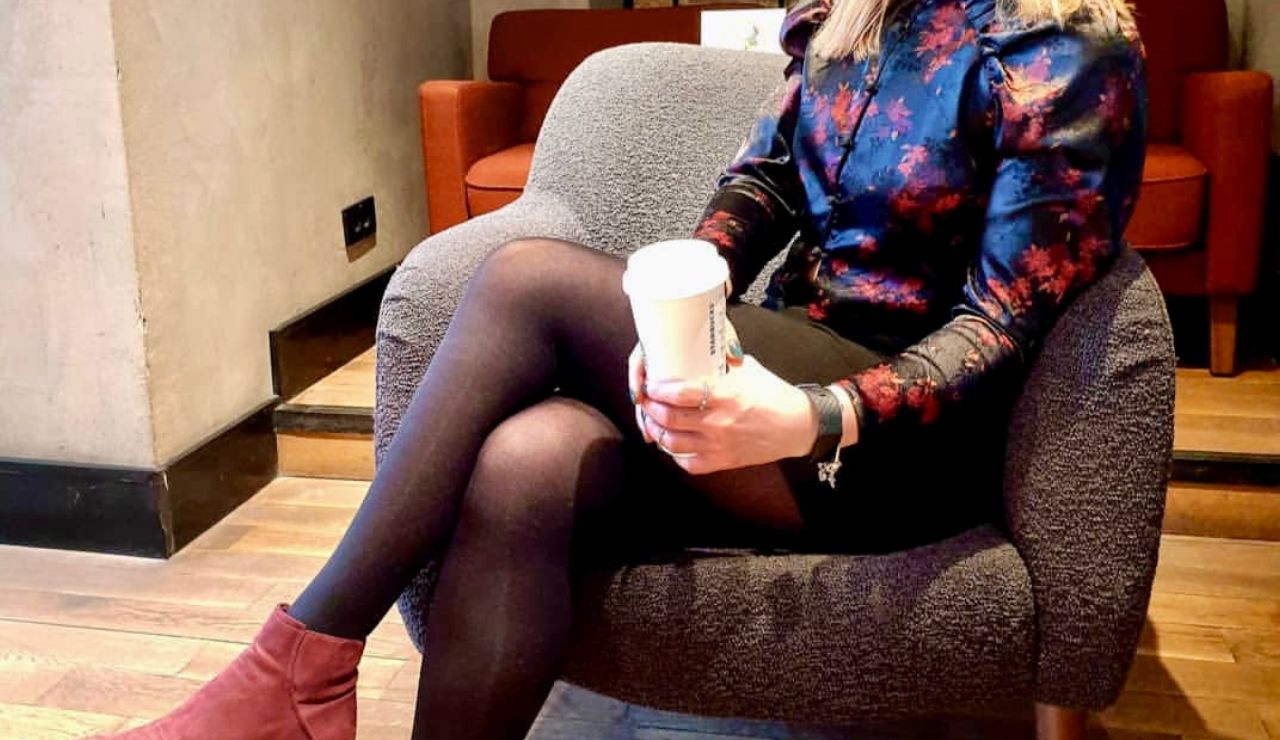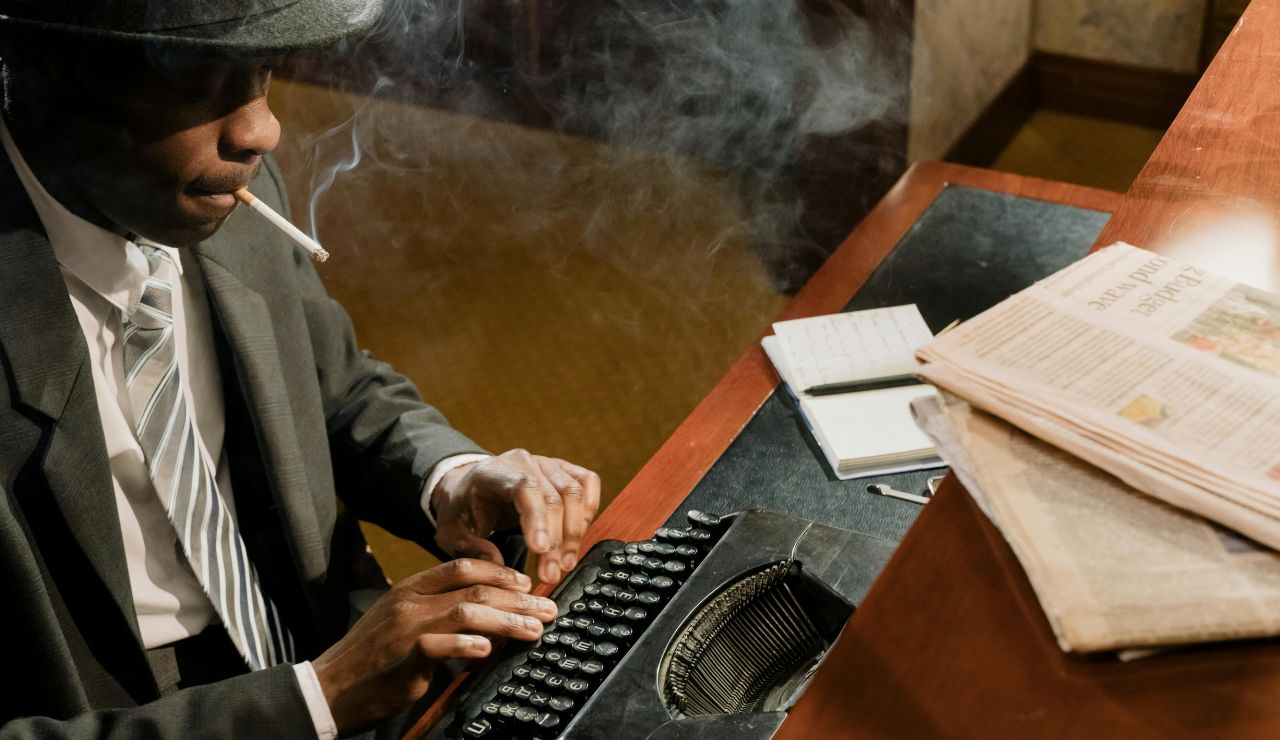Offices in the 1980s operated under expectations that feel almost fictional now. Many rules focused more on control than productivity. Workers followed guidelines that placed appearance above comfort and silence above collaboration. These rules weren’t casual suggestions. They were part of official policy and applied to everyone in the office. What passed as ordinary then often feels restrictive today.
1. Women Had To Wear Pantyhose

Female employees had to wear pantyhose regardless of temperature or comfort. Some companies enforced this rule so strictly that supervisors checked for compliance. Bare legs, even with a long skirt, weren’t allowed. Personal comfort had no place in these dress codes. While today’s standards offer options, this rule was a requirement that left many women frustrated and restricted.
2. Smoking At Your Desk Was Allowed

Employees smoked freely at their desks while working. Ashtrays were standard on every table, and meetings often took place in smoke filled rooms. Nonsmokers had no choice but to breathe it in. Offices lacked proper ventilation, and few questioned the health risks. What now seems unthinkable was once part of the everyday office environment for millions of workers.
3. Women Couldn’t Wear Pants In Some Offices

Some workplaces banned women from wearing pants. Dresses or skirts were the only acceptable options, even during winter. The rule reflected outdated beliefs about femininity and professionalism. While men dressed for the weather, women followed image based codes. Pants were seen as too casual for women, which made workplace equality harder to reach.
4. Showing Tattoos Could Get You Fired

Visible tattoos were considered unprofessional, even if they were small or tasteful. Employees had to cover them completely or risk losing their job. This applied across industries, from banks to retail. Tattoos were associated with rebellion or irresponsibility. Today, many workplaces accept body art, but in the 1980s, it could cost you your position.
5. Coffee Breaks Were Monitored

Coffee was treated as a regulated activity, not a casual habit. Employees followed set times, and grabbing a cup outside those limits drew unwanted attention. Managers often viewed spontaneous breaks as signs of distraction rather than normal behavior. Even something as routine as making coffee had to follow strict office expectations.
6. No Phones For Personal Use

Office phones were for business only. Personal calls were allowed in emergencies, but even then, some employers questioned their urgency. Supervisors reviewed call logs, and family members had to call reception to leave a message. Without mobile phones, workers had to wait until after hours to handle most personal matters. Privacy during work was nearly impossible.
7. Hair Had To Look “Conservative”

Many companies enforced grooming standards that required natural, understated hairstyles. Men were expected to keep their hair short, and women were told to avoid bright colors or dramatic cuts. A bold style could be viewed as unprofessional, no matter your job performance. These rules shaped how employees presented themselves, often limiting personal expression.
8. Typing Speed Was Closely Watched

Many employers measured employees by how fast they could type. Secretaries and clerical staff took timed tests, and those with slower speeds risked being replaced. Accuracy mattered, but speed came first. Some companies even posted charts comparing staff performance. Today, typing is a basic skill, but in the 80s, it was a competitive metric that shaped job security.
9. Office Parties Were Mandatory

Team gatherings, birthday celebrations, and holiday parties often required attendance. Refusing to join could be seen as disrespectful or disloyal. Some managers judged team spirit based on party participation. If you skipped, it raised questions about your attitude. Unlike today’s opt-in culture, these events were treated as part of your job, not an optional social activity.
10. Workers Had To Use Typewriters

Before computers took over, most office workers used typewriters for all communication. If you made a mistake, you had to start over or use correction tape. Rewriting long documents was common. There was no “delete” key to fix errors instantly. Computers existed but were rare and expensive. This made daily tasks slower and more repetitive than anything modern workers experience.


